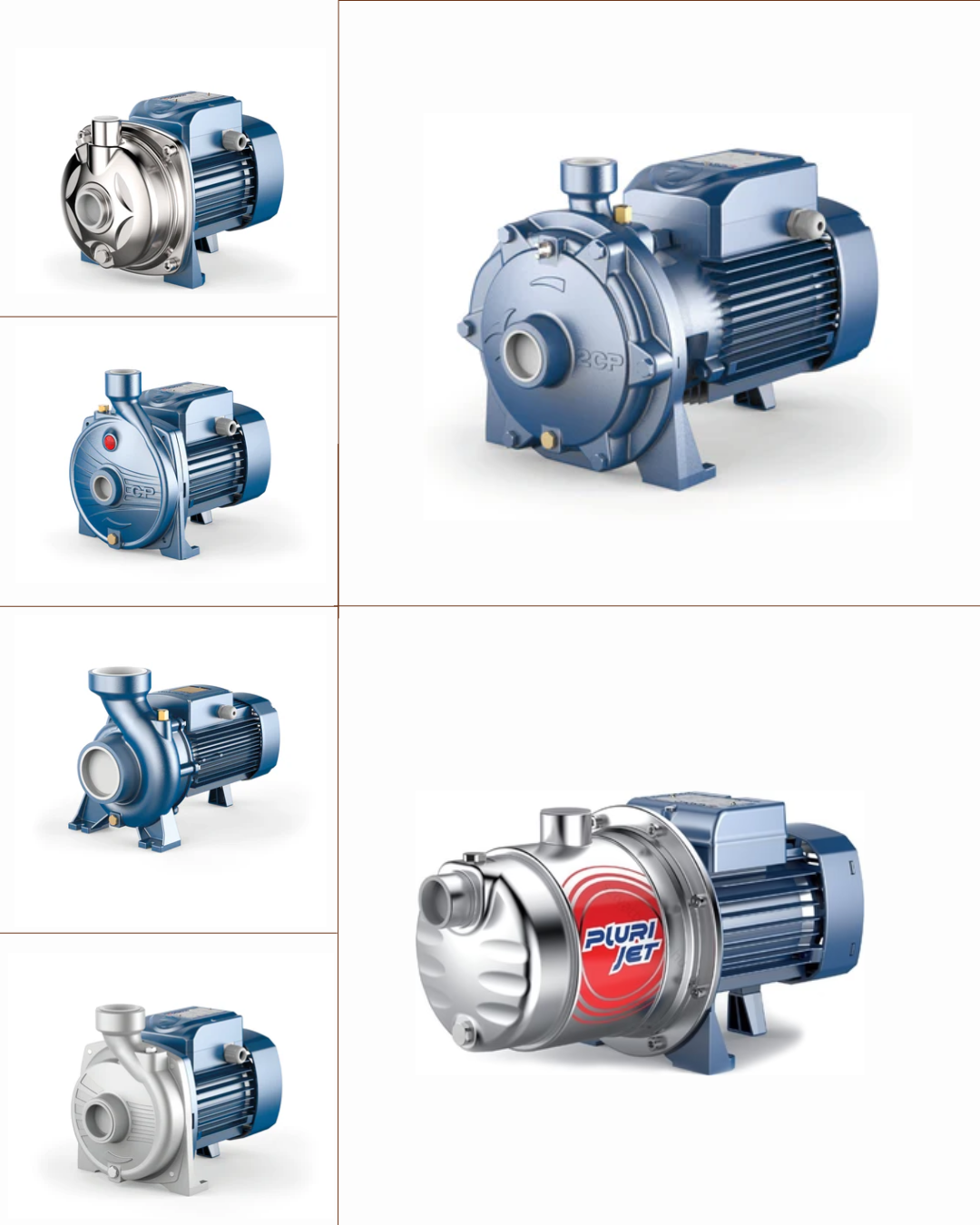How to Maintain Your Industrial Pumps for Longevity
Posted by Allen Wright on
Industrial pumps are essential components in a variety of industries, from manufacturing and wastewater treatment to oil and gas. These pumps handle heavy-duty tasks such as transferring liquids, gases, and other materials, making their proper maintenance crucial to ensure smooth operations, reduce downtime, and extend their lifespan. Regular maintenance of industrial pumps is key to achieving optimal performance and avoiding costly repairs.
Let’s explore effective strategies for maintaining industrial pumps to ensure their longevity and efficient functioning.
Perform Regular Inspections
Regular inspections are a cornerstone of effective pump maintenance. Scheduling routine checkups allows you to identify potential issues before they become serious problems. Inspections should include the following key areas:
- Visual Checks: Inspect for leaks, unusual vibrations, or overheating. If there are any visible signs of wear and tear, they should be addressed immediately to prevent further damage.
- Pump Alignment: Misalignment of the pump shaft can cause increased wear on bearings, seals, and other components. Ensure that the pump is properly aligned and adjust if necessary.
- Lubrication Check: Proper lubrication is essential for keeping pump bearings and other moving parts running smoothly. Check the lubrication levels and condition regularly, and replace the lubricant if it’s degraded.
- Monitoring Pressure and Temperature: Check the operating pressure and temperature of the pump. Abnormal pressure or temperature readings could indicate an issue with the pump's performance or system.

Clean Your Pump Regularly
Dirt, debris, and buildup inside the pump can drastically affect its performance. Regular cleaning is essential to prevent blockages, reduce wear, and ensure efficient operation. The pump should be cleaned based on its environment and the type of materials it is handling.
For pumps handling liquids, flushing the system with a suitable solvent or water can help remove contaminants that may have accumulated in the pump casing, piping, and seals. For pumps operating in dirty or dusty environments, clean the exterior of the pump regularly to prevent debris from entering.
Also, ensure that the filters, strainers, and any other parts designed to catch contaminants are cleaned and replaced as necessary. Regular cleaning not only improves the pump’s efficiency but also helps extend its lifespan by preventing internal damage.
Monitor Pump Performance
Another essential aspect of the maintenance of industrial pumps is monitoring their performance. Keeping track of key performance indicators (KPIs) can help you spot issues early. Important KPIs include:
- Flow Rate: A decrease in flow rate could indicate a clogged impeller, worn-out seals, or air in the pump.
- Energy Consumption: Increased energy consumption without a corresponding increase in output could be a sign of inefficiency due to issues such as wear, misalignment, or cavitation.
- Vibration Levels: Unusual vibrations can signal an imbalance or misalignment within the pump, which can cause further damage if not addressed promptly.
Installing condition monitoring tools such as vibration sensors, flow meters, or temperature sensors can help you track these KPIs in real time and detect any deviations that might require attention.

Change Seals and Bearings Regularly
Seals and bearings are often subjected to high wear and tear due to constant movement and exposure to the fluids or gases being pumped. Regularly inspecting and replacing seals and bearings is crucial to prevent leaks, contamination, and excessive friction, all of which can lead to pump failure.
A good practice is to replace seals and bearings during scheduled maintenance intervals, even if they appear to be in good condition. Over time, these parts degrade, and replacing them proactively ensures that the pump remains in peak condition.
Check for Cavitation
Cavitation occurs when vapor bubbles form in the pump due to low pressure and then collapse when the pressure increases, causing shock waves that can damage the pump’s components. Cavitation can significantly reduce the lifespan of a pump if not addressed.
To prevent cavitation, make sure the pump is operating within the recommended pressure range. Additionally, ensure that the pump’s suction line is clear of any obstructions and that the fluid entering the pump is at the right temperature. If cavitation is suspected, consult with an expert to identify the root cause and implement the necessary changes.

Implement a Preventive Maintenance Plan
A preventive maintenance plan is essential for ensuring the longevity of your industrial pump. The plan should include:
- Regular inspections and cleaning schedules.
- Lubrication and replacement of worn-out parts (seals, bearings).
- Tracking of performance metrics.
- Documentation of maintenance activities for future reference.
By following a structured maintenance plan, you can reduce the likelihood of unexpected pump failures, minimize downtime, and extend the lifespan of your equipment.
Looking for reliable water pumps or high-quality generators?
Power Plus Retailers, powered by Wilchestrade LLC, specializes in connecting you with the best equipment for your needs, whether it's a sportsman generator for camping or a high-pressure pump for commercial use. Explore our range of submersible pumps for flood control, stainless steel water pumps for sale, and water booster pumps for industrial use. With competitive prices and expert guidance, you can find the right solution to keep your home or business running smoothly.

